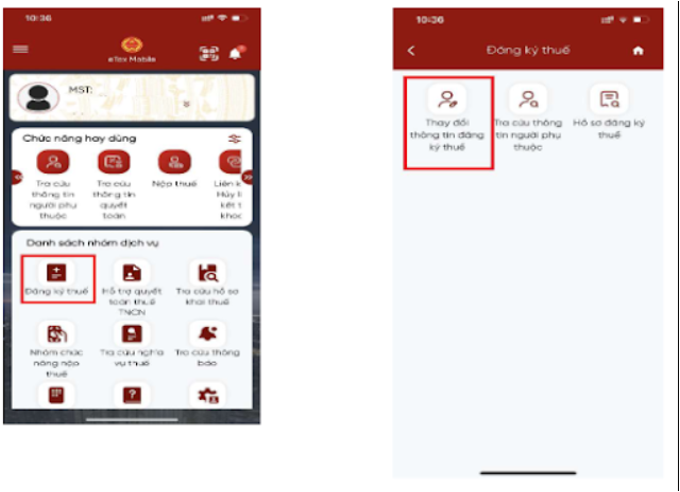array(3) {
[0]=>
object(WP_Term)#13244 (16) {
["term_id"]=>
int(80)
["name"]=>
string(4) "News"
["slug"]=>
string(4) "news"
["term_group"]=>
int(0)
["term_taxonomy_id"]=>
int(80)
["taxonomy"]=>
string(8) "category"
["description"]=>
string(0) ""
["parent"]=>
int(0)
["count"]=>
int(117)
["filter"]=>
string(3) "raw"
["cat_ID"]=>
int(80)
["category_count"]=>
int(117)
["category_description"]=>
string(0) ""
["cat_name"]=>
string(4) "News"
["category_nicename"]=>
string(4) "news"
["category_parent"]=>
int(0)
}
[1]=>
object(WP_Term)#13248 (16) {
["term_id"]=>
int(217)
["name"]=>
string(3) "Tax"
["slug"]=>
string(3) "tax"
["term_group"]=>
int(0)
["term_taxonomy_id"]=>
int(217)
["taxonomy"]=>
string(8) "category"
["description"]=>
string(0) ""
["parent"]=>
int(80)
["count"]=>
int(10)
["filter"]=>
string(3) "raw"
["cat_ID"]=>
int(217)
["category_count"]=>
int(10)
["category_description"]=>
string(0) ""
["cat_name"]=>
string(3) "Tax"
["category_nicename"]=>
string(3) "tax"
["category_parent"]=>
int(80)
}
[2]=>
object(WP_Term)#13241 (16) {
["term_id"]=>
int(307)
["name"]=>
string(14) "Basic Taxation"
["slug"]=>
string(14) "basic-taxation"
["term_group"]=>
int(0)
["term_taxonomy_id"]=>
int(307)
["taxonomy"]=>
string(8) "category"
["description"]=>
string(0) ""
["parent"]=>
int(217)
["count"]=>
int(9)
["filter"]=>
string(3) "raw"
["cat_ID"]=>
int(307)
["category_count"]=>
int(9)
["category_description"]=>
string(0) ""
["cat_name"]=>
string(14) "Basic Taxation"
["category_nicename"]=>
string(14) "basic-taxation"
["category_parent"]=>
int(217)
}
}
4. How to calculate personal income tax (PIT)
Date: 2025.05.22
The formula for calculating PIT in Vietnam is as follows:
(1) Taxable income = Total income – Tax-exempt income
(2)Assessable income = Taxable income – Deductions
(3) Personal income tax payable = Assessable income × Progressive tax rate
*Deductions include = Personal deduction + Dependent deduction + Insurance deductions + etc
+Personal deduction: 11 million VND/month
+Dependent deduction: 4.4 million VND/month (Definition of dependents is available on this site)
+Insurance deductions: Mandatory state social insurance, health insurance, etc.
Some tax-exempt income items include:
As stipulated in Articles 2 and 3 of Circular 111/2013/TT-BTC, amended and supplemented by Circular 92/2015/TT-BTC, which regulate types of income not subject to PIT or exempt from PIT.
Examples include:
+Company-covered transportation (commuting and business travel) for Japanese employees
+Tuition fees for children of Japanese employees studying in Vietnam (only tuition is exempt; other related costs may be taxable)
+Business trip allowance for Japanese employees assigned to Vietnam
+One round-trip air ticket per year for Japanese employees to return to their home country (maximum once a year).
💡 Note: If the above allowances are not clearly stated in the labor contract or company’s internal policies, they may not be recognized as tax-exempt income.



